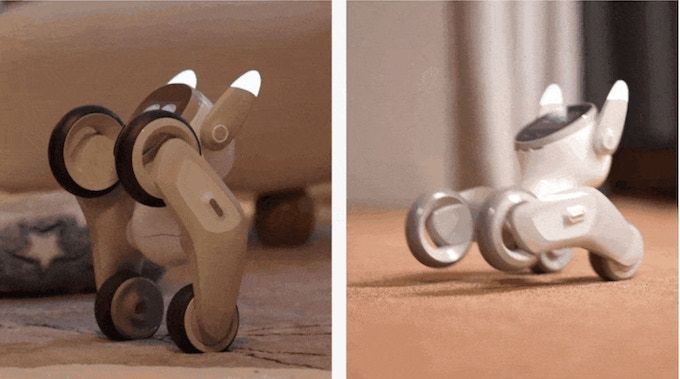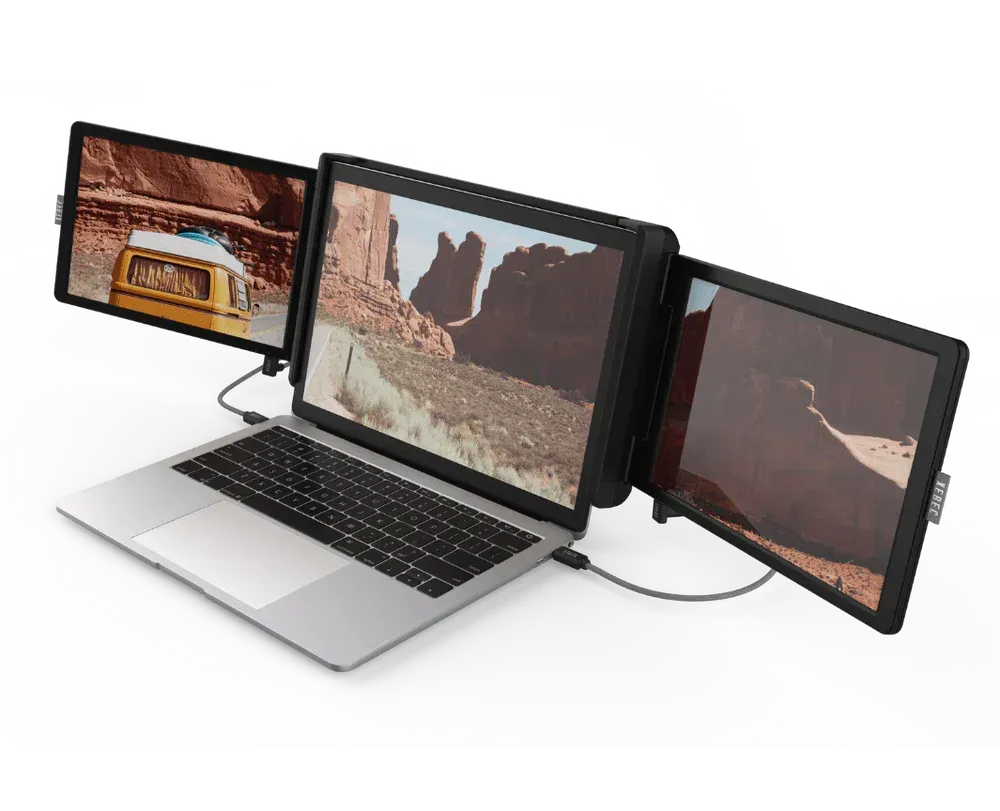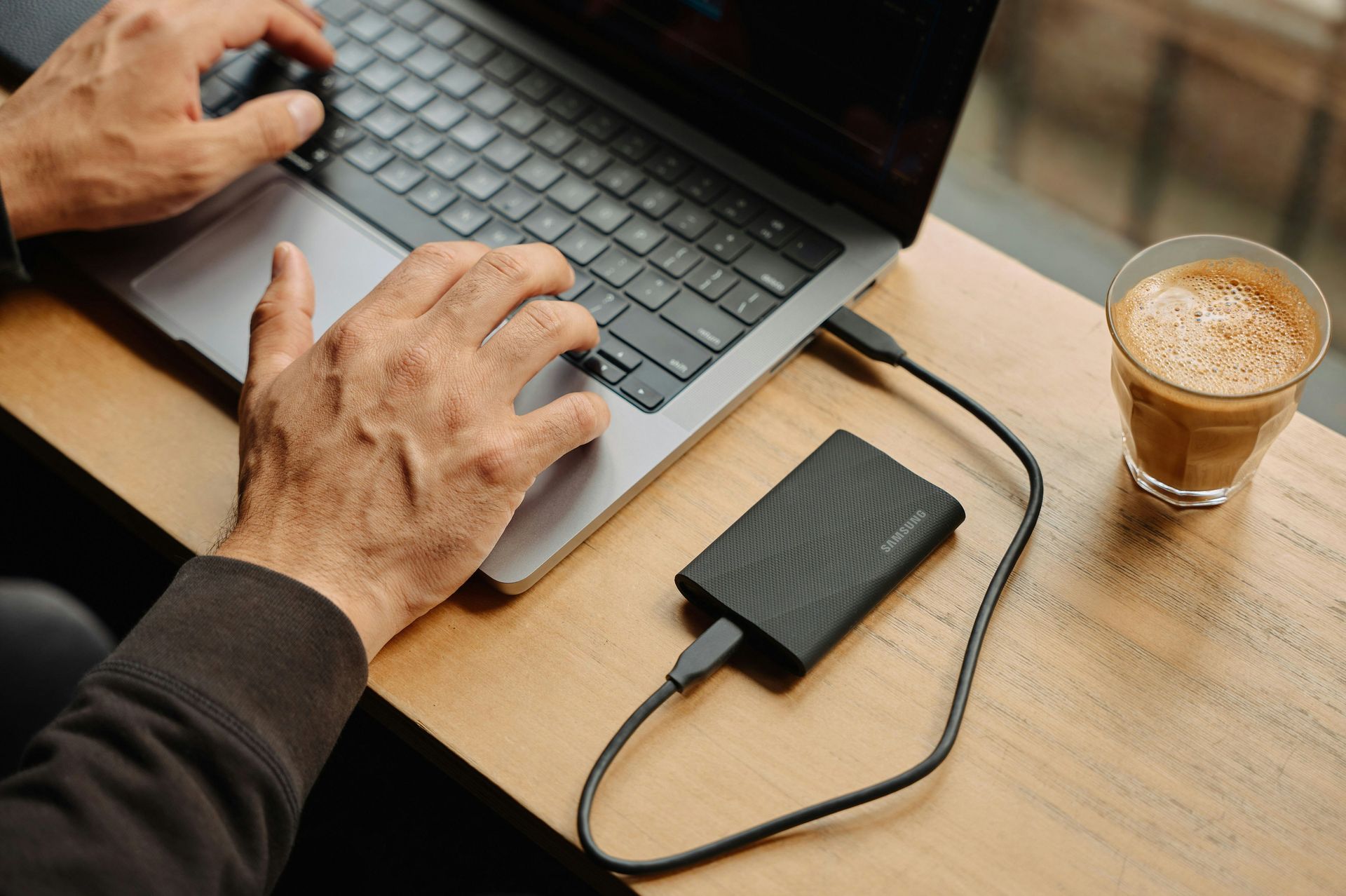Check Out the Coolest Tech from CES 2023
At the beginning of each year, a group of global innovators meets. They introduce and show off breakthrough technologies. It’s done at the Consumer Electronics Show (CES), which is typically held each January in the U.S.
This year, over 3,200 exhibitors from 173 countries showed off the future. Giving us a glimpse of what could show up in our homes offices, living rooms, or kitchens. The show includes both wacky and very sensible inventions. All designed to push the limits and expand how we use technology.
People love their gadgets, so it’s always exciting to see the new tech that CES showcases. It’s estimated that the global smart home household penetration was 14.2% in 2022. By 2027, it’s expected to more than double to 28.8%.
What new gadgets did innovators introduce at this year’s Consumer Electronics Show? Here’s a rundown of some standouts that you may want to check out.
Loona – Intelligent Petbot
Do you love the thought of having a pet, but not the mess? Can’t have one because of where you live? Loona might be your answer. The developer promotes this smart gadget as “the most intelligent petbot.” It’s currently gathering funding through a Kickstarter campaign.

The cute little motorized pseudo pet can welcome you. It can also follow you when you walk around, sneeze, scratch, and much more. Just like a dog or cat, Loona investigates suspicious objects. Unlike most pets can beatbox, pose for pictures, and dance.
Ring Car Cam
Another consumer IoT device displayed at CES is already for sale on Amazon. It’s the Ring Car Cam, which takes the popular doorbell cam concept on the road with you.
This small internet-connected video cam has dual-facing cameras. It can capture images in the car and on the road. It includes two-way talk to connect with loved ones at home. It also has motion detection and real-time motion alerts.
AtmosGear Electronic Skates
If you’re feeling brave, you can soon strap on a pair of electric inline roller skates. AtmosGear introduced the skates at CES. It expects to begin shipping them starting in May of 2023.
The skates can get up to speeds of 25 km/H (15.5 MPH) and can reach a full charge in about an hour. The “skate” is actually a motorized frame that you can attach to “all roller boots.”
Tilt Five Augmented Reality Glasses
If you’ve been waiting to use augmented reality (AR) outside a video game, your chance may be here. Tilt Five introduced an AR glasses system that connects to a computer device. It can be used on board games as well as video games.
Ready to bring some holographic life to your tabletop play? The system includes the glasses and a board game. The glasses look somewhat like heavy-duty safety glasses. Both interact to bring an AR element into the real world.

Jabra Enhance™ Plus
This earbud/hearing aid combo can be very helpful to those with hearing loss. Jabra Enhance Plus are earbuds that offer a 3-in-1 experience. You can use them for listening to music, phone calls, and for hearing enhancement.
The small design makes them discrete, and they are also designed to be easy to use. They include state-of-the-art technology to provide superior audio clarity.
Hasbro Selfie Series Figures
Have you secretly wished to have your own action figure…of you! Hasbro has you covered with its new Selfie Series. You can use your phone’s camera to upload a pic and choose from figures based on several franchises.
Make a figure of yourself from these universes:
· G.I. Joe
· Ghostbusters
· Power Rangers
· Marvel
· Star Wars
Use your smartphone and Habro’s app to customize your new digitized figure. Then all you have to do is buy it and wait for it to arrive.
Twinkly Squares
Twinkly Squares are like the Lite-Bright toy all grown up. The squares allow you to add panels of colored and automated lights to any wall. They’re great for a home office or to add a pop of color to any space.
Because these are IoT gadgets, you can also program and control them. Create digital artwork, have them sync with music, or use their voice feature.
Xebec Tri-Screen 2
Do you wish you had more screen space on your laptop? Don’t like the uneven feel of using a second monitor that is higher than your laptop screen? Then Xebec’s Tri-Screen 2 may be your answer.

This gadget enables you to expand your laptop screen on both sides. It sits behind the screen and expands the screen space both left and right.
Don’t Introduce Smart Tech Into Your Home without Security
New electronic gadgets and home tech can be great. They can also expose your network to security risks. Get help from a pro. Give us a call for a home security audit.
More from our blog



